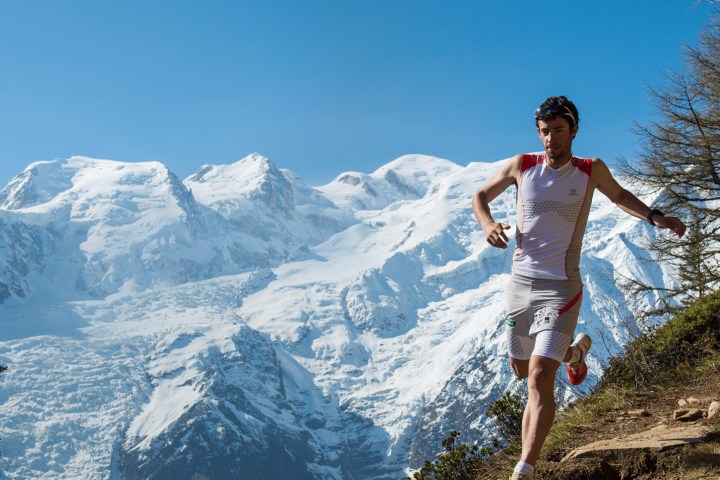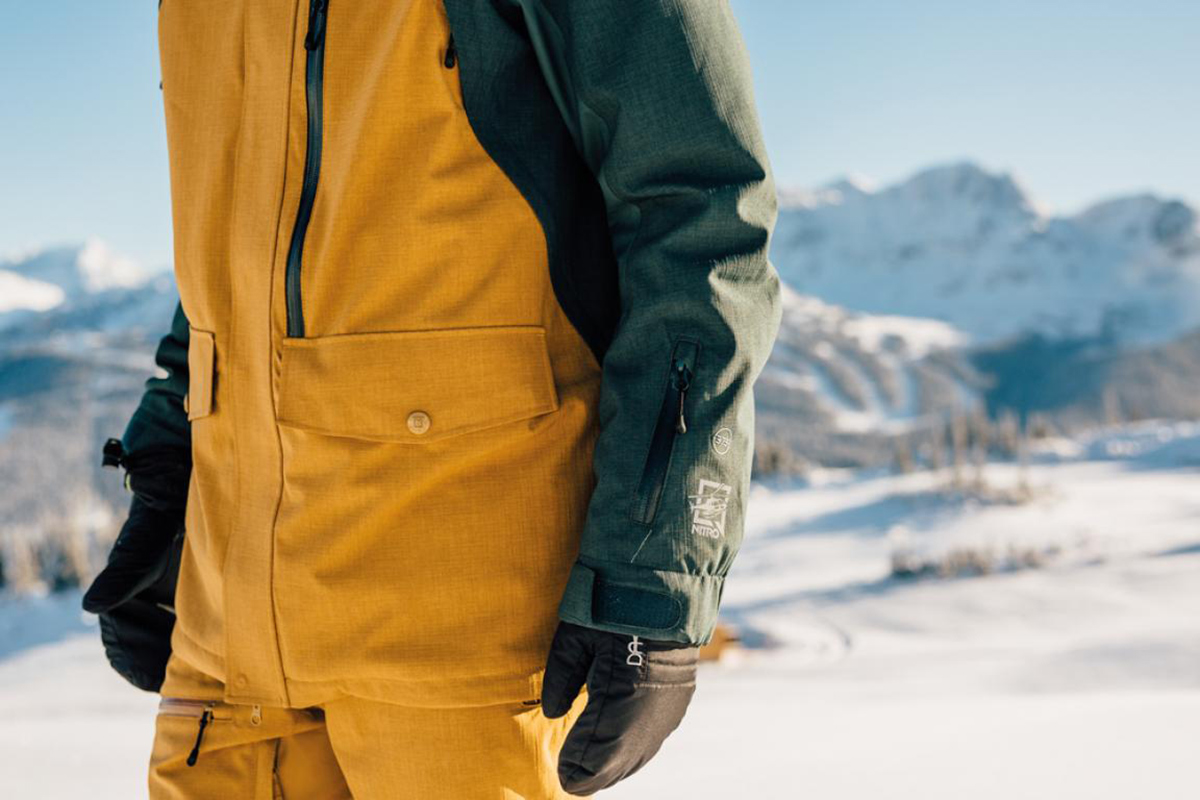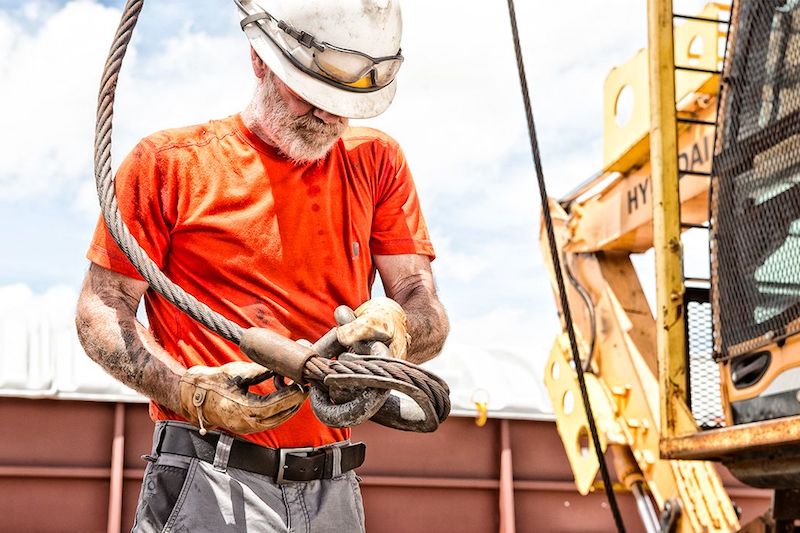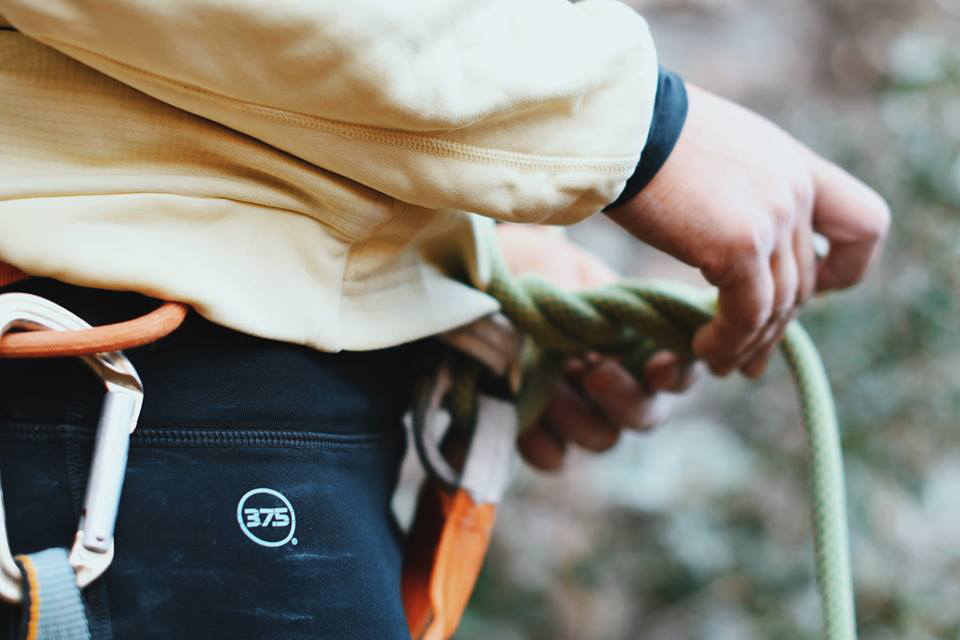
A background in science
37.5’s story starts with its Founder and Chief Technology Officer Dr. Greg Haggquist, who previously worked as a polymer photo physical chemist with Lexmark International. While there, he studied how combining materials with polymers could enhance their characteristics in a variety of ways, including odor-elimination in fabrics. By adding active carbons or charcoals to the mix, he observed through testing that those same fabrics also dried incredibly quickly too. It was then that he realized that he was on to something big.
But Haggquist didn’t just develop a charcoal coating that could be applied to a garment to provide the quick-drying, odor-fighting capabilities that he was looking for. Instead, he found a way to add the active carbon molecules on the fiber level of the fabrics used to make sports apparel. This made the performance properties of those articles of clothing more permanent, which ran counter to some of the similar fabrics developed by other brands, most of which lost their wicking capabilities over time.
How does it work?
During his research, Haggquist learned that the best body temperature for optimal athletic performance is 37.5 degrees Celsius, which equates to 99.5 degrees Fahrenheit. His goal was to help athletes to maintain that core temperature, warming them in cooler conditions, and cooling them down as they started to overheat. It was then that he discovered that activated carbon extracted from coconut shells was perfect for maintaining that temperature level, and thus his company Cocona – which later rebranded to 37.5 technology – was born.
“To get that kind of increase in efficiency just by changing your shirt fabric is unprecedented.”
So just how does the 37.5 fabrics outperform the competition? Well for starters, the materials used to make the products are much better at maintaining the body’s microclimate that sits on – and just above – the surface of the skin. Temperature and humidity are the defining factors that give that microclimate its characteristics, but by removing the moisture as quickly as possible, these fabrics can help the wearer stay warmer in the cold, and cooler in the heat. This is because garments made from 37.5 materials dry up to five times faster than other performance apparel, greatly improving comfort as a result, and reducing the “wet cling” that many athletes experience when their clothing gets soaked through.
“37.5 technology gives an instant continuous response to your body’s needs, warming or cooling on demand,” Haggquist told Digital Trends. “The 37.5 particles respond directly to the human engine—when you start to build up heat, 37.5 technology starts to work immediately delaying the formation of liquid, reducing your core temperature buildup, expanding your comfort range, and increasing your performance.” He goes on to add, “When you start to cool down too much, 37.5 fabrics return your energy to you, warming you up as a reset. No other technology addresses your thermal needs like 37.5 fabrics do.”
Because of these properties, 37.5 fabrics are now used by a number of well known brands, including Salomon, adidas, Under Armour, Mission, Carhartt, and many others. The products derived from the 37.5 technology are popular with endurance athletes, outdoor enthusiasts, and adventure travelers alike, in no small part because of the level of performance they deliver. But which brand delivered something that even Haggquist didn’t expect? “Tommy Bahama blew me away when they combined 37.5 technology with silk. They changed the silk shirt into something words cannot describe. It is my favorite shirt with 37.5 technology over the past 16 years,” he says. “The comfort range is incredible. Ultra-endurance runners have even worn the shirt during extended runs to see how well it works. I would never have thought of running long distance in a silk shirt before.”
That performance was further quantified in an independent study conducted by the University of Colorado this past summer. That’s when a team of research from the university revealed the results of a study entitled “Beneficial Effects of Cooling during Constant Power Non-steady State Cycling.” Their data showed that apparel made with the 37.5 fabrics not only dried exceptionally fast, but resulted in higher performance out of the athletes who wore them too. In some cases, the difference was astounding, with some of the cyclists who took part in the study showing a 26 percent increase in performance simply by wearing 37.5 gear.
“When we see data that shows you can improve an athlete’s performance by 26% at their lactate threshold, it’s pretty remarkable, ” Haggquist said about the study. He went on to add, “To get that kind of increase in efficiency just by changing your shirt fabric is unprecedented.”
Benefits for everyone
Most of us are not endurance athletes, professional cyclists, or world-class runners of course, so we’re not likely to ever see a 26 percent increase in performance thanks to 37.5 clothing alone. But, that doesn’t mean we can’t benefit from wearing products that use the company’s technology. After all, all of us like to be as comfortable as possible when we’re outdoors, no matter what activity we’re taking part in. And if our clothing can help us to achieve that goal, who wouldn’t want to have some of that apparel in their closet?
“Wearing or using the product is believing,” Haggquist says emphatically. “Casual users can enjoy activities longer because of the extended comfort range in different environments and at different activity levels,” he goes on to explain. “Now as we enter workwear, public safety, sportswear and suiting, consumers are experiencing a new level of comfort in what has traditionally been uncomfortable clothing.”
Speaking from experience, I can honestly say I don’t need a scientific study to tell me that the 37.5 technology works. I’ve been wearing several articles of clothing made from the fabrics for a few months now, and can attest to just how well they perform. My wardrobe of 37.5 gear includes a Carhartt Force Extremes t-shirt, a Merino + 120 t-shirt from Rab, and an adidas Terrex Swift jacket as well. All three have accompanied me on trips to remote parts of the planet, and each has helped me to stay comfortable even when traveling in less than ideal conditions. In fact, these garments have become some of my favorites for use both at home and while on the road, and I usually find that they are amongst the first items I pack before setting out on a trip.
Despite how well these fabrics work, 37.5 isn’t resting on its laurels. Haggquist tells us, “There are some really exciting developments we have in the pipeline that I cannot talk about—both in brands that you would never expect to use technology and in new inventions – that will change the way you think about your everyday clothing.”
- 1. Bauer Training Tee Shirt
- 2. Nitro Alagna 37.5 Jacket
- 3. Carhartt Force Extremes
- 4. Adidas Outdoor Terrex Fleece
Whether you’re a trail runner, frequent hiker, or just someone who works outside regularly, chances are you can benefit from apparel made with the 37.5 fabrics. Performance apparel is something that we can all appreciate, even if we’re not taking part in “constant power non-steady state cycling.”
“My mission is to make you forget about wearing clothes, I won’t stop until your favorite garments, shoes, bedding and towels all have 37.5 in them,” Haggquist says. And we believe him.
Find out more about the benefits that 37.5 can deliver at ThirtySevenFive.com.






